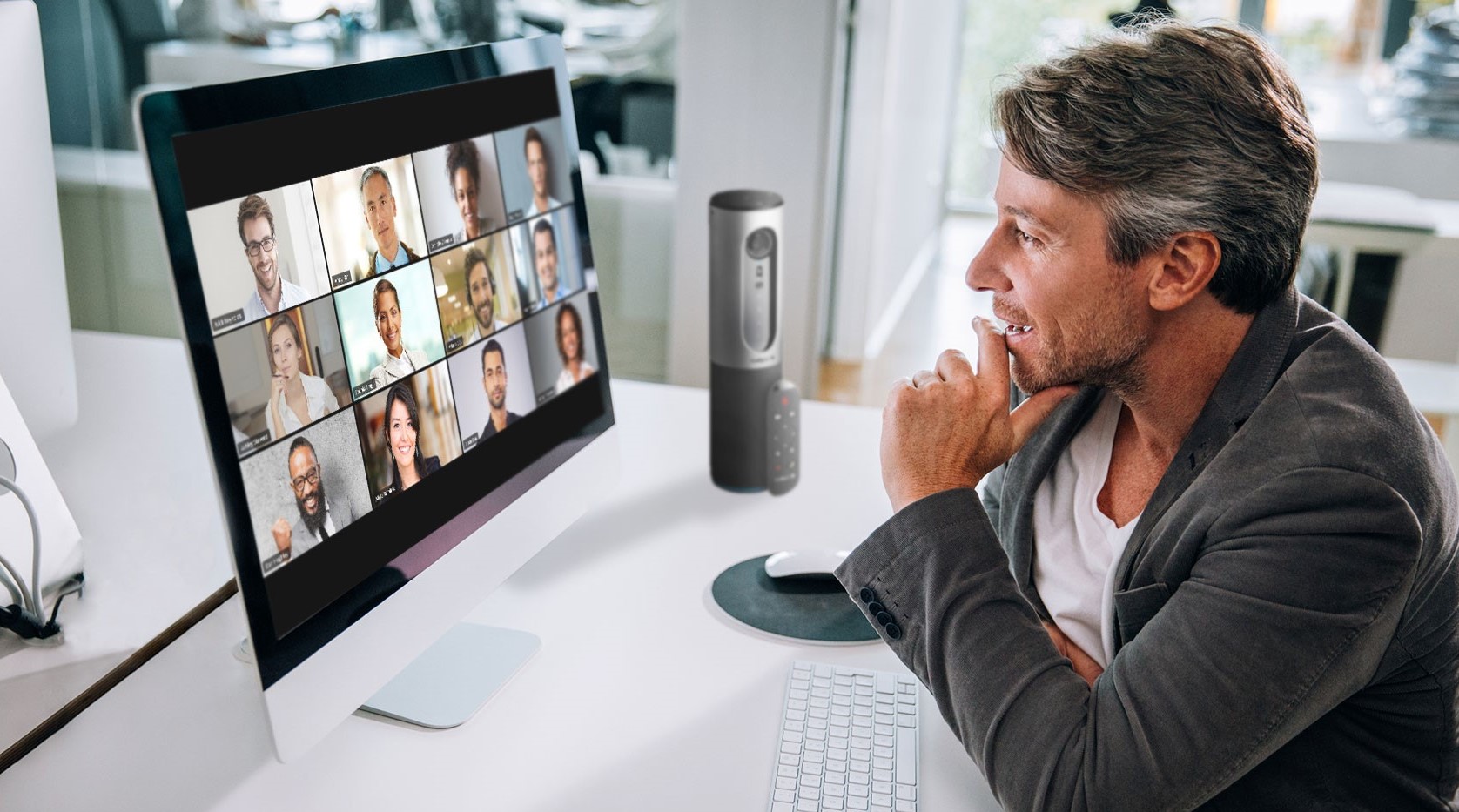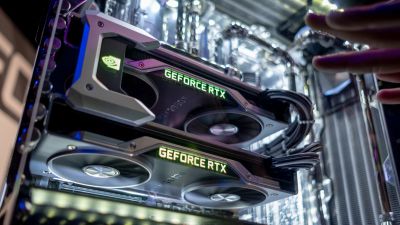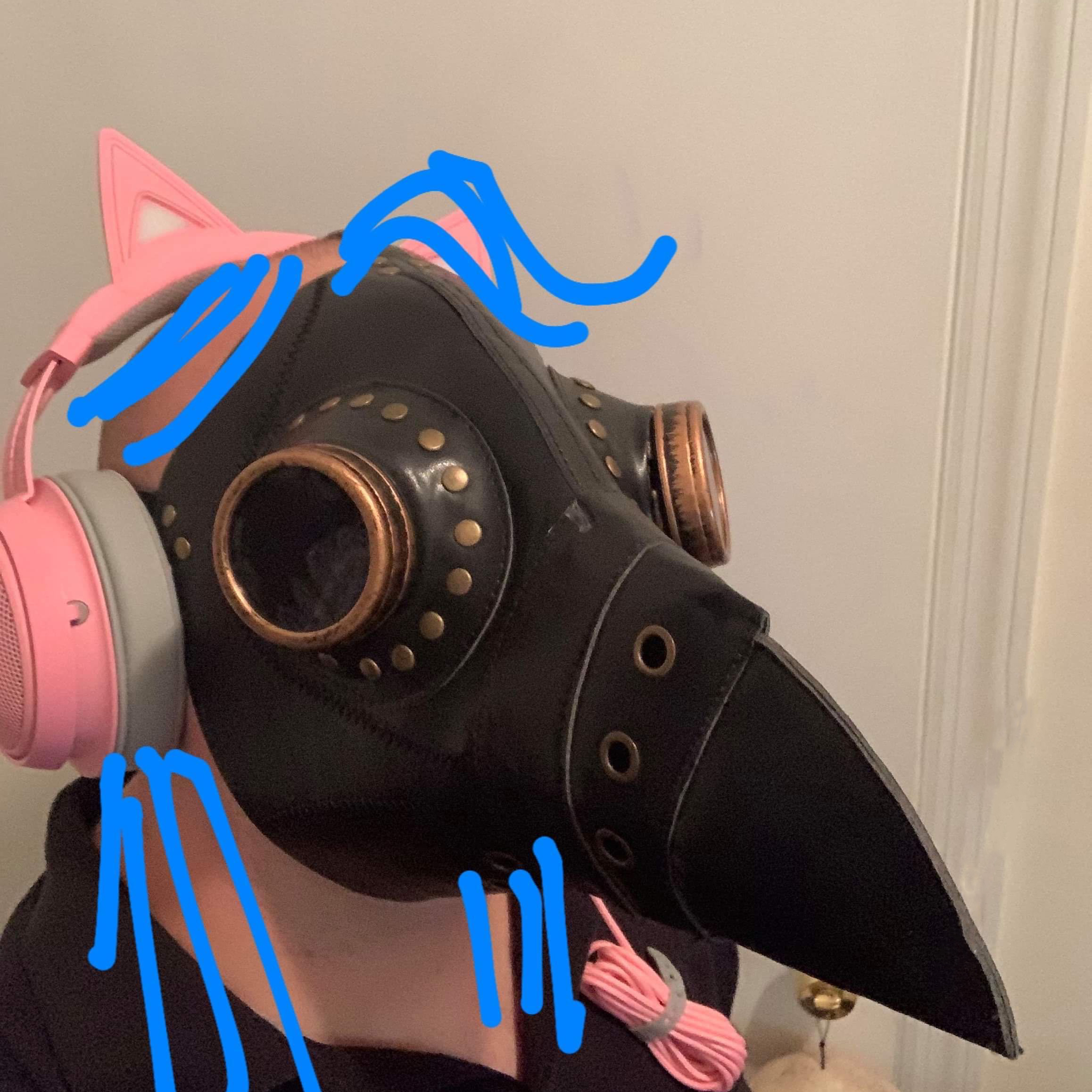RTX Voice is the best Nvidia Turing feature and it has nothing to do with PC games
Opinion: Nvidia RTX Voice is a life saver

When you think of Nvidia Turing cards like the RTX 2080, the first thing that probably comes to mind is ray tracing in the best PC games – but what if you could ray trace your voice?
Team Green just released the beta of RTX Voice, and it might just be the best thing you can do with an Nvidia graphics card.
The concept is simple, use the AI processing capabilities of Nvidia's Tensor Cores to block any background noise, whether it's coming in from your speakers, or going out through your microphone.
In a time where millions of people are working from home, including us, a feature that gets rid of distracting noises is truly a godsend. The only potential problem is that this handy piece of software requires an Nvidia RTX graphics card to use. There is a potential workaround, but because we haven't tested it ourselves, we can't really recommend it.
What we have tested, however, is RTX Voice itself. We tested it through streaming games on Twitch, a Discord chat with family and even a wealth of meetings.

Gaming PC? More like meeting PC
One of the more tolerable things about having to work from home all the time is that we get to use our home PC for work – which is packed to the brim with powerful hardware like a Ryzen 9 3900X, 32GB of RAM and most importantly, an Nvidia GeForce RTX 2080 Ti.
So, when we heard that RTX Voice was here, and could utilize the power of our graphics cards in a way that's actually productive, we obviously jumped on that immediately.
Get daily insight, inspiration and deals in your inbox
Sign up for breaking news, reviews, opinion, top tech deals, and more.
If you want to do the same, you can simply download the client by heading over to this Nvidia page and following the instructions. The whole thing took us maybe 5 minutes and then we were ready to go.
Once you have it up and running, you'll want to change at least your input to Nvidia RTX Voice through sound settings of whatever app you want to use. Keep in mind that because this is in a pretty early beta state, not every app is going to be compatible. While, generally, we were able to use it with pretty much every program we actually wanted the technology to work with – like Discord, Google Hangouts, Zoom and OBS – setting Windows 10 audio to Nvidia RTX Voice meant that some things just didn't have audio.
But, hey, it works in all the teleconferencing and streaming apps we have installed right now – which is a lot, so we'll call that a win.

Works like a charm
Right after downloading RTX Voice, we did whatever any normal person would do and loaded up Audacity and started making a ton of noise with our keyboard while talking.
Here's the miraculous part: it works like a freaking charm. Not only did we stop hearing the keyboard while we were talking, but all of the background noise – keep in mind TechRadar's US headquarters are in New York City – simply vanished.
We then went on a video call with some family with RTX Voice enabled, and while it worked like a charm, we heard that our voice went down in volume with it enabled – a small price to pay.
Really, though, we've been in so many meetings where people either have sirens going off in the background, keyboard noises or even pets making all kinds of noises. This kind of software is truly a godsend.
The best part? You can enable it on incoming sound. In our various meetings, we enabled RTX Voice, and all the distracting noises were gone, both from our end and from other parties. This not only leads to better sound quality, but it's just easier to pay attention to what's happening in a presentation without having to wonder about what some random noise is.
Should you download RTX Voice?
If you have an RTX-equipped computer that you can get some work done with, RTX Voice is absolutely worth a download. The clarity in both your voice and others makes meetings more comfortable for everyone involved, especially if you live in a typically loud environment.
Downloading and enabling the software is an extremely painless process, too, so even if it's still in its beta phase, we recommend it to anyone that has the appropriate hardware.
If you don't have the appropriate hardware, you may be out of luck, however. We already said that there's a workaround if you have a non-RTX Nvidia graphics card, but we haven't tested that fix ourselves, so we really can't make any recommendations on that front.
All we're saying is that if you're comfortable messing around with some files, that option is open to you. Just keep in mind that this won't open just any GPU up to be used with RTX voice. It reportedly only works well on Pascal Nvidia GPUs or newer – so if you have something like the Nvidia GeForce GTX 970 or an AMD graphics card, you're probably going to run into some trouble.
Either way, in our experience, this software has been a dream come true. We'll be using it in pretty much every meeting we have going forward, and will be encouraging our colleagues to do the same.
And if this convinced you to finally upgrade your GPU, we've got your back there, too.
Bill Thomas (Twitter) is TechRadar's computing editor. They are fat, queer and extremely online. Computers are the devil, but they just happen to be a satanist. If you need to know anything about computing components, PC gaming or the best laptop on the market, don't be afraid to drop them a line on Twitter or through email.
